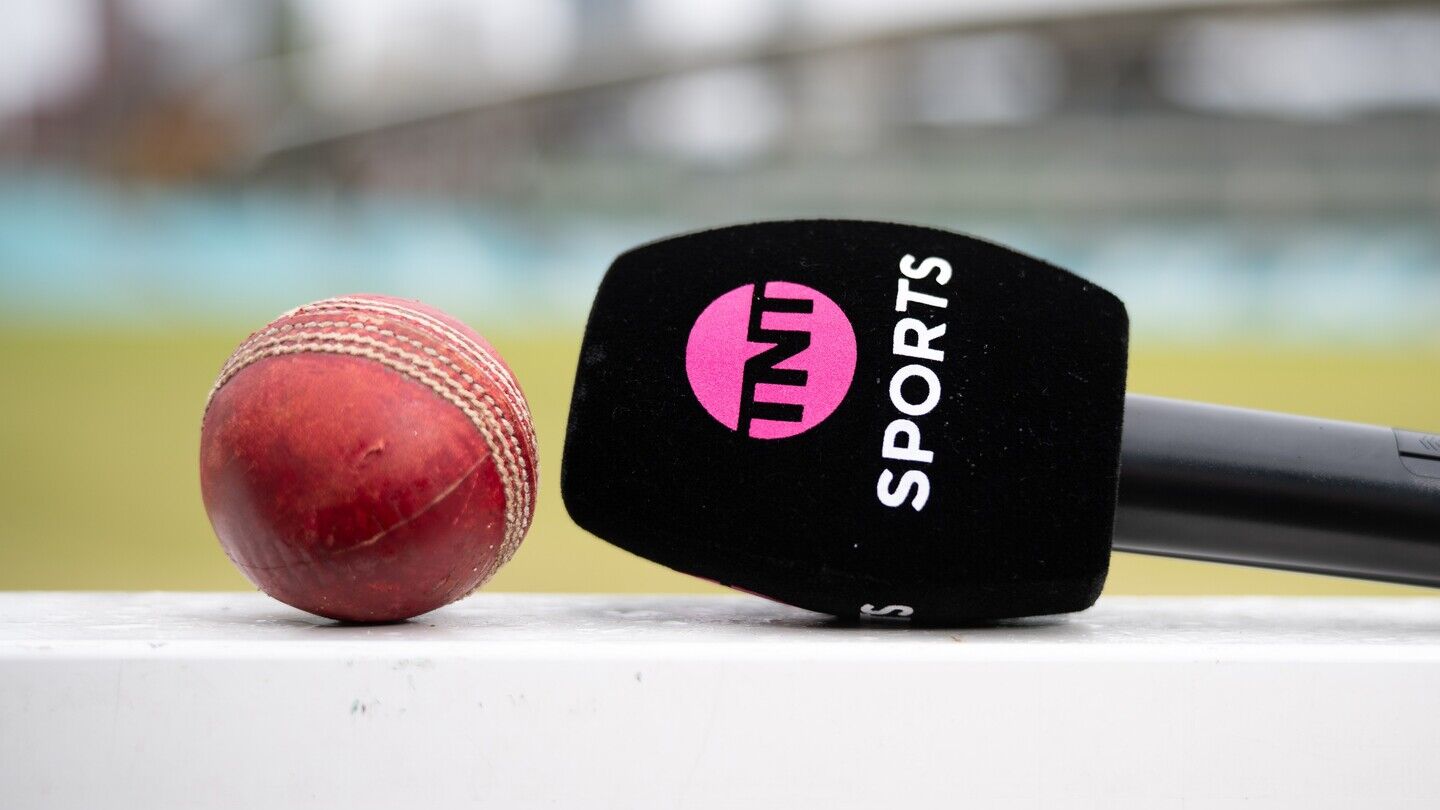Speed dates, strict monitoring bubbles, world-first lighting effects and a stage that resembles a giant hug – welcome to the team embracing Eurovision 2023 from the heart of Liverpool to the soul of Ukraine. Adrian Pennington reports.
Eurovision is quite simply the biggest singing competition in the world and comfortably the biggest live TV singing contest. As you can imagine, it requires a vast undertaking from a technical point of view. Presenting a new song live every four minute is a real test for the technology and the professionalism of teams backstage, and with a TV audience of over 160 million and millions more listening on radio, there’s nowhere to hide.
This is a very special and unique year to produce Eurovision. The UK is hosting the contest on behalf of Ukraine, which makes the Eurovision 2023 contest the first...
You are not signed in
Only registered users can read the rest of this article.

Behind the scenes: Hamnet
Look, lighting and camera movement were stripped back to basics by cinematographer Lukasz Żal to create the stage for Shakespeare’s personal tragedy.

Behind the scenes: The Running Man
Scenes structured like Russian nesting dolls present Editor Paul Machliss with a challenge in completing this deadly reality TV show.

TNT Sports and The Ashes: “We need to be at the heart of the story”
TNT Sports takes a hybrid approach as England’s cricket team heads down under with a sporting chance of returning with a little urn. Adrian Pennington reports.

Behind the scenes: Frankenstein
Cinematographer Dan Laustsen tells IBC365 why he and Guillermo del Toro turned the classic nightmare, Frankenstein, into a love story of ice and warmth between father and son.
Behind the scenes: Good Boy
From casting his own dog as the lead to shooting at a dog’s eye level, first-time Feature Director Ben Leonberg has perfected a filmmaking process built entirely around a pet. The result? Critical acclaim and a viral smash for horror season.

.jpg)

